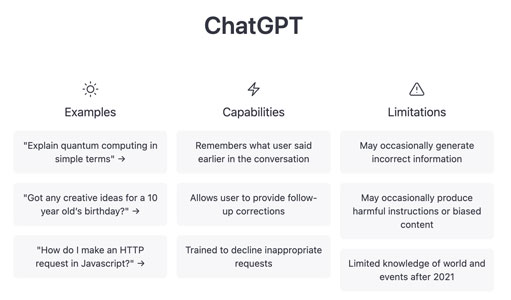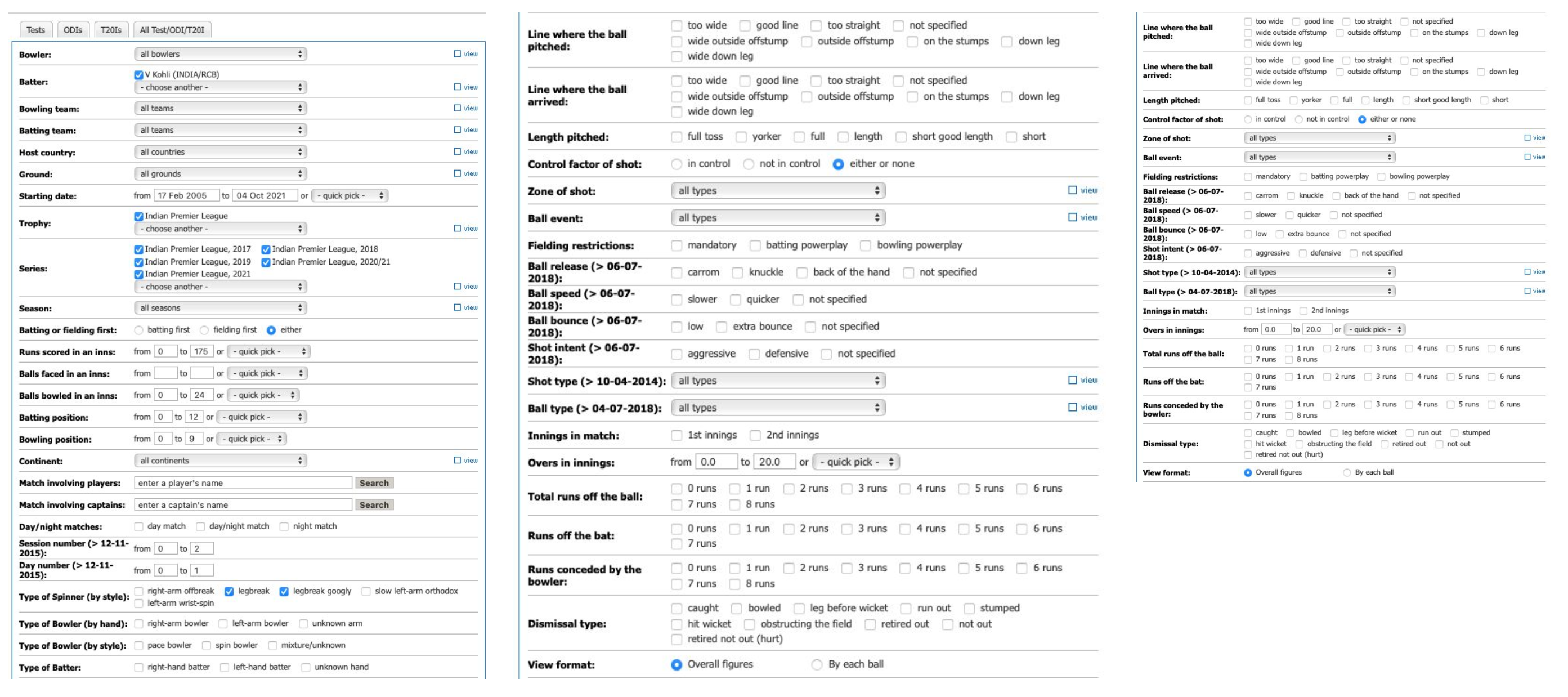Celebrating Success at ACL 2025
The department had a strong showing at the 2025 Annual Meeting of the Association for Computational Linguistics (ACL 2025). Kathleen McKeown won the ACL Lifetime Achievement Award, and Julia Hirschberg received the Dragomir Radev Distinguished Service Award, a testament to their impact on the field and the dedication of their research teams.
Several papers authored by faculty, students, and collaborators were accepted to this year’s conference, reflecting the depth and innovation of our ongoing research in natural language processing.
Reranking-based Generation for Unbiased Perspective Summarization
Narutatsu Ri Columbia University, Nicholas Deas Columbia University, and Kathleen McKeown Columbia University
Abstract
Generating unbiased summaries in real-world settings such as political perspective summarization remains a crucial application of Large Language Models (LLMs). Yet, existing evaluation frameworks rely on traditional metrics for measuring key attributes such as coverage and faithfulness without verifying their applicability, and efforts to develop improved summarizers are still nascent. We address these gaps by (1) identifying reliable metrics for measuring perspective summary quality, and (2) investigating the efficacy of LLM-based methods beyond zero-shot inference. Namely, we build a test set for benchmarking metric reliability using human annotations and show that traditional metrics underperform compared to language model–based metrics, which prove to be strong evaluators. Using these metrics, we show that reranking-based methods yield strong results, and preference tuning with synthetically generated and reranking-labeled data further boosts performance. Our findings aim to contribute to the reliable evaluation and development of perspective summarization methods.
Data Caricatures: On the Representation of African American Language in Pretraining Corpora
Nicholas Deas Columbia University, Blake Vente Columbia University, Amith Ananthram Columbia University, Jessica A. Grieser University of Michigan, Desmond Patton University of Pennsylvania, Shana Kleiner University of Pennsylvania, James Shepard University of Tennessee, Kathleen McKeown Columbia University
Abstract
With a combination of quantitative experiments, human judgments, and qualitative analyses, we evaluate the quantity and quality of African American Language (AAL) representation in 12 predominantly English, open-source pretraining corpora. We specifically focus on the sources, variation, and naturalness of included AAL texts representing the AALspeaking community. We find that AAL is underrepresented in all evaluated pretraining corpora compared to US demographics, constituting as few as 0.007% and at most 0.18% of documents. We also find that more than 25% of AAL texts in C4 may be perceived as inappropriate for LLMs to generate and to reinforce harmful stereotypes. Finally, we find that most automated filters are more likely to conserve White Mainstream English (WME) texts over AAL in pretraining corpora.
David Sasu IT University of Copenhagen, Zehui Wu Columbia University, Ziwei Gong Columbia University, Run Chen Columbia University, Pengyuan Shi Columbia University, Lin Ai Columbia University, Julia Hirschberg Columbia University, Natalie Schluter IT University of Copenhagen
Abstract
In this paper, we introduce the Akan Conversation Emotion (AkaCE) dataset, the first multimodal emotion dialogue dataset for an African language, addressing the significant lack of resources for low-resource languages in emotion recognition research. AkaCE, developed for the Akan language, contains 385 emotion-labeled dialogues and 6,162 utterances across audio, visual, and textual modalities, along with word-level prosodic prominence annotations. The presence of prosodic labels in this dataset also makes it the first prosodically annotated African language dataset. We demonstrate the quality and utility of AkaCE through experiments using state-of-the-art emotion recognition methods, establishing solid baselines for future research. We hope AkaCE inspires further work on inclusive, linguistically and culturally diverse NLP resources.
Xiao Yu Columbia University, Ruize Xu Columbia University, Chengyuan Xue University of Toronto, Jinzhong Zhang Intellipro Group Inc., Xu Ma Intellipro Group Inc., Zhou Yu Columbia University
Abstract
A reliable resume-job matching system helps a company recommend suitable candidates from a pool of resumes and helps a job seeker find relevant jobs from a list of job posts. However, since job seekers apply only to a few jobs, interaction labels in resume-job datasets are sparse. We introduce CONFIT V2, an improvement over CONFIT to tackle this sparsity problem. We propose two techniques to enhance the encoder’s contrastive training process: augmenting job data with hypothetical reference resume generated by a large language model; and creating high-quality hard negatives from unlabeled resume/job pairs using a novel hardnegative mining strategy. We evaluate CONFIT V2 on two real-world datasets and demonstrate that it outperforms CONFIT and prior methods (including BM25 and OpenAI text-embedding003), achieving an average absolute improvement of 13.8% in recall and 17.5% in nDCG across job-ranking and resume-ranking tasks.
Browsing Lost Unformed Recollections: A Benchmark for Tip-of-the-Tongue Search and Reasoning
Sky CH-Wang Columbia University, Darshan Deshpande Patronus AI, Smaranda Muresan Columbia University, Anand Kannappan Patronus AI, Rebecca Qian Patronus AI
Abstract
We introduce BROWSING LOST UNFORMED RECOLLECTIONS, a tip-of-the-tongue knowni tem search and reasoning benchmark for general AI assistants. BLUR introduces a set of 573 real-world validated questions that demand searching and reasoning across multimodal and multilingual inputs, as well as proficient tool use, in order to excel on. Humans easily ace these questions (scoring on average 98%), while the best-performing system scores around 56%. To facilitate progress toward addressing this challenging and aspirational use case for general AI assistants, we release 350 questions through a public leaderboard, retain the answers to 250 of them, and have the rest as a private test set.
Bolei Ma LMU Munich & Munich Center for Machine Learning, Yuting Li University of Cologne, Wei Zhou University of Augsburg, Ziwei Gong Columbia University, Yang Janet Liu LMU Munich & Munich Center for Machine Learning, Katja Jasinskaja University of Cologne, Annemarie Friedrich University of Augsburg, Julia Hirschberg Columbia University, Frauke Kreuter LMU Munich & Munich Center for Machine Learning, Barbara Plank LMU Munich & Munich Center for Machine Learning
Abstract
Understanding pragmatics—the use of language in context—is crucial for developing NLP systems capable of interpreting nuanced language use. Despite recent advances in language technologies, including large language models, evaluating their ability to handle pragmatic phenomena such as implicatures and references remains challenging. To advance pragmatic abilities in models, it is essential to understand current evaluation trends and identify existing limitations. In this survey, we provide a comprehensive review of resources designed for evaluating pragmatic capabilities in NLP, categorizing datasets by the pragmatic phenomena they address. We analyze task designs, data collection methods, evaluation approaches, and their relevance to real-world applications. By examining these resources in the context of modern language models, we highlight emerging trends, challenges, and gaps in existing benchmarks. Our survey aims to clarify the landscape of pragmatic evaluation and guide the development of more comprehensive and targeted benchmarks, ultimately contributing to more nuanced and context-aware NLP models.
Yuji Zhang University of Illinois Urbana-Champaign, Sha Li University of Illinois Urbana-Champaign, Cheng Qian University of Illinois Urbana-Champaign, Jiateng Liu University of Illinois Urbana-Champaign, Pengfei Yu University of Illinois Urbana-Champaign, Chi Han University of Illinois Urbana-Champaign, Yi R. Fung University of Illinois Urbana-Champaign, Kathleen McKeown Columbia University, Chengxiang Zhai University of Illinois Urbana-Champaign, Manling Li Northwestern University, Heng Ji University of Illinois Urbana-Champaign
Abstract
Hallucination is a persistent challenge in large language models (LLMs), where even with rigorous quality control, models often generate distorted facts. This paradox, in which error generation continues despite high-quality training data, calls for a deeper understanding of the underlying LLM mechanisms. To address it, we propose a novel concept: knowledge overshadowing, where model’s dominant knowledge can obscure less prominent knowledge during text generation, causing the model to fabricate inaccurate details. Building on this idea, we introduce a novel framework to quantify factual hallucinations by modeling knowledge overshadowing. Central to our approach is the log-linear law, which predicts that the rate of factual hallucination increases linearly with the logarithmic scale of (1) Knowledge Popularity, (2) Knowledge Length, and (3) Model Size. The law provides a means to preemptively quantify hallucinations, offering foresight into their occurrence even before model training or inference. Built on the overshadowing effect, we propose a new decoding strategy CoDA, to mitigate hallucinations, which notably enhance model factuality on Overshadow (27.9%), MemoTrap (13.1%) and NQ-Swap (18.3%). Our findings not only deepen understandings of the underlying mechanisms behind hallucinations but also provide actionable insights for developing more predictable and controllable language models.




